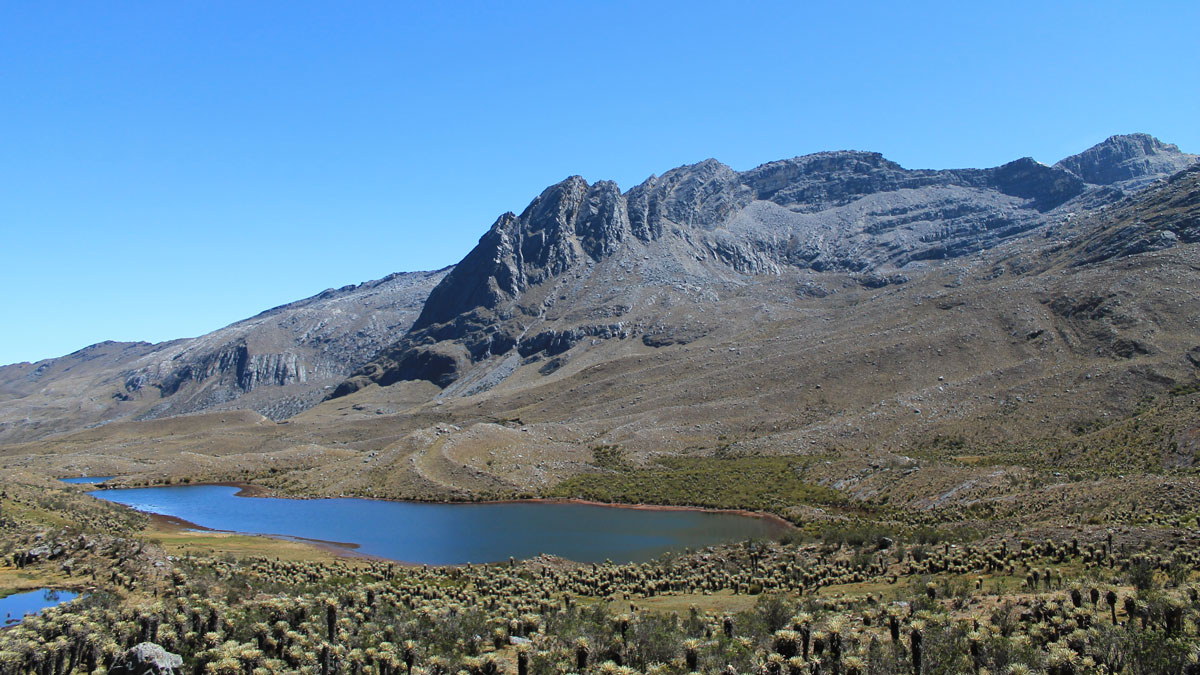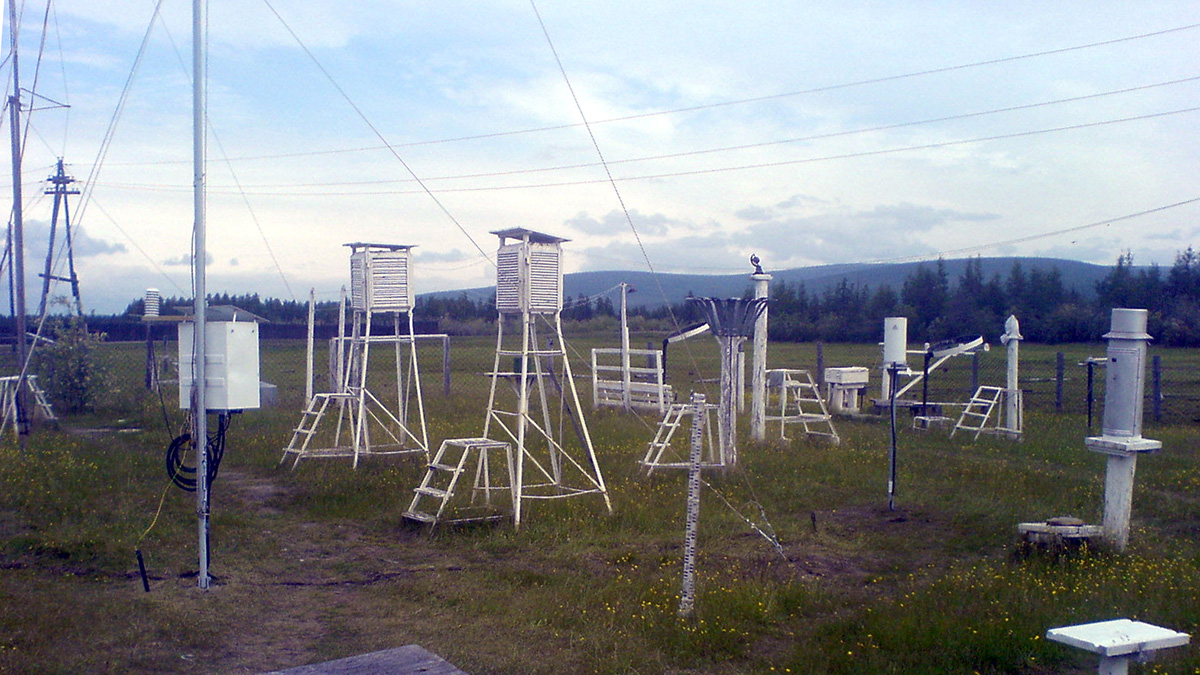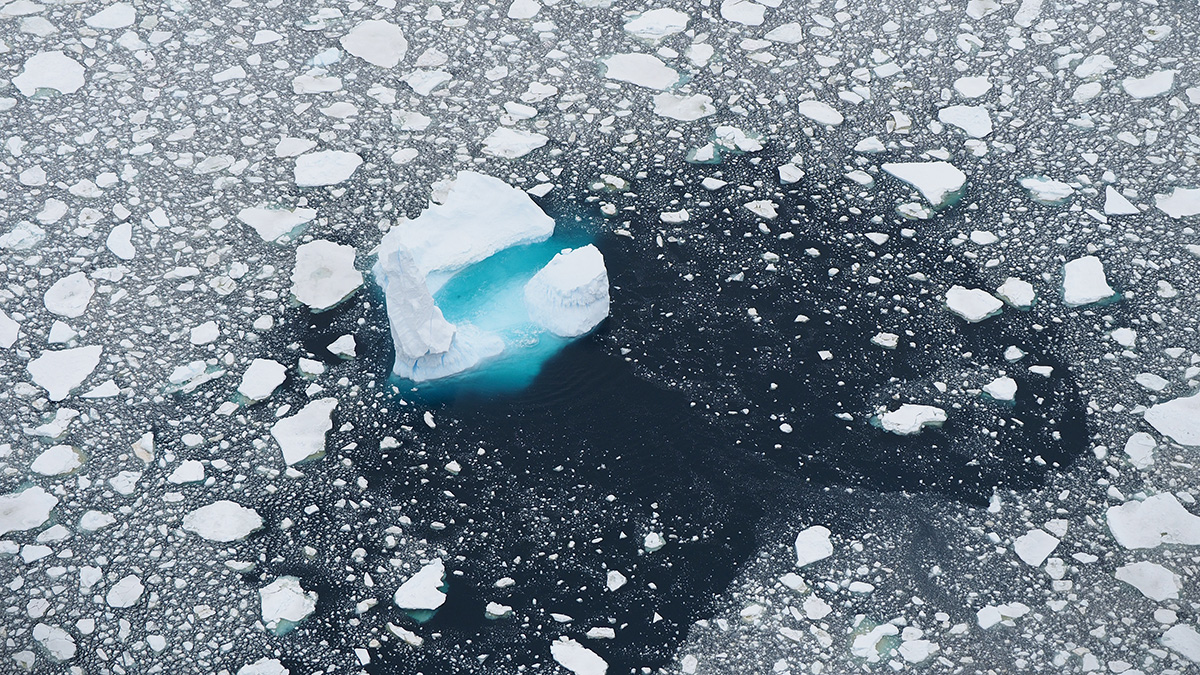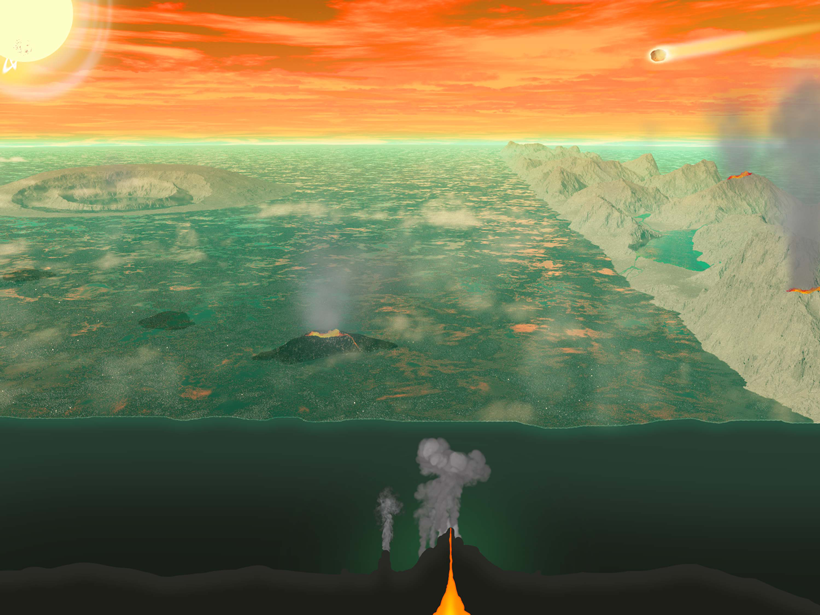Digital hydrographic maps have transformed global environmental studies and resource management. A major database update will provide even clearer and more complete views of Earth’s waterways.
Science Updates
A Puzzle Mat for Assembling Colombia’s Geologic History
A new database compiles all the available pieces of information about Colombia’s geochronology, offering scientists a consistent framework in which to view and study the data in a broader context.
Chronicling the Hottest, Coldest, Windiest, and Rainiest Weather
The World Meteorological Organization verifies and documents record-setting temperatures, winds, lightning, and more, offering snapshots of Earth’s extremes and hints about its changing climate.
A New Journey Around (and Around) the Sun
The Solar Orbiter just completed its commissioning phase while en route to the Sun. It has already provided valuable looks at solar campfires and Venus’s magnetic fields, and it promises much more.
New Perspectives on the Enigma of Expanding Antarctic Sea Ice
Recent research offers new insights on Antarctic sea ice, which, despite global warming, has increased in overall extent over the past 40 years.
Rethinking the Search for the Origins of Life
Early Earth conditions and the chemistry that led to life were inextricably interwoven. Earth scientists and prebiotic chemists are working together in new ways to understand how life first emerged.
Mapping a River Beneath the Sea
A recent expedition mapped one of the world’s longest submarine channels, revealing previously undiscovered physical features and raising questions about its unusual origin and shape.
Sensing Iceland’s Most Active Volcano with a “Buried Hair”
Distributed acoustic sensing offered researchers a means to measure ground deformation from atop ice-clad Grímsvötn volcano with unprecedented spatial and temporal resolutions.
Planetary Dunes Tell of Otherworldly Winds
On Earth and throughout our solar system, ripples and dunes in sand and dust offer insights into how winds blow, liquid currents flow, and solid particles fly and bounce over the terrain.
Arctic Unicorns and the Secret Sounds of a Glacial Fjord
The successful deployment of a seafloor seismometer near the calving front of a Greenland glacier has opened a new avenue to study hidden glacial processes and the behavior of fjord-dwelling wildlife.










